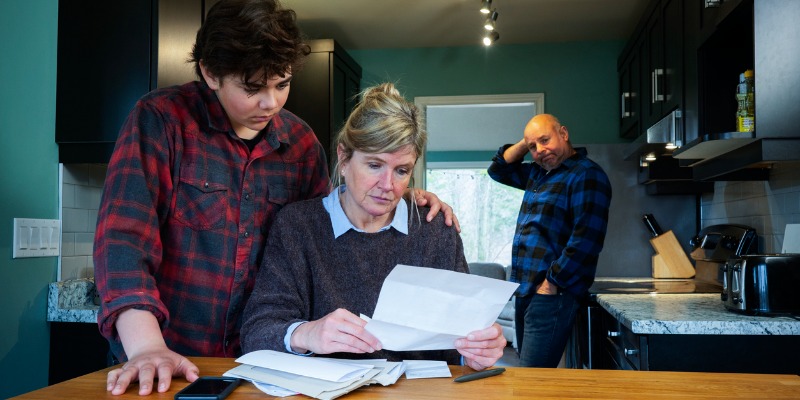Rate of population growth dwarfs new housing completions in Saskatchewan

Many Saskatchewanians are struggling with the high cost of housing due in part to surging population growth, which means the number of homebuyers and renters is vastly outpacing the number of homes available to buy or rent. As a result, home prices and rents will likely continue to rise.
Indeed, according to a new study, between 1973 and 2022 (the latest year of available data), Saskatchewan’s population increased by 1.1 people (each year, on average) for every new home built compared to 8.2 people in 2022—the highest number on record. The gap between the number of homes produced (single-detached houses, townhouses, condos) and the number needed has never been so wide.
Put differently, over the entire 50-year period, 5,010 housing units (each year, on average) were completed while population growth in the province averaged 5,716 people per year. In 2022, Saskatchewan’s population grew by 29,307 people, dwarfing the number of new housing completions (3,479) for an astounding gap of 25,828.
Clearly, Saskatchewan has accelerated population growth while homebuilding has stagnated, hence the historic gap between supply and demand. With population growth projected to continue at a strong pace, there will be even more housing demand in coming years.
Faced with this housing crisis, policymakers at all levels of government and of all political stripes are facing pressure to respond. But while more political attention to this longstanding problem is welcome, there’s also a risk that policymakers look in the wrong places for quick fixes. For example, they may introduce new tax subsidies for first-time homebuyers, which would increase demand without increasing supply. Or implement restrictive rent controls, which would stunt the growth of new rental housing.
Instead, policymakers at city hall, in the Moe government and in Ottawa should work to close the gap between supply and demand. For each policy proposal we should ask—does it increase demand? Does it restrict supply? If the answer to either is “yes” it will not solve Saskatchewan’s housing woes. In fact, it will make them worse.
Beyond new policies, there’s also the tough task of identifying and removing existing policies that either stoke demand or restrict supply. As tempting as it may be to introduce fresh new ideas, it’s important to remember that policy choices led us to where we are today, and that rethinking some of these past choices will be necessary to close the supply-demand gap. Many of these reforms will be difficult or politically sensitive, and reforms must be well-conceived and transparent. But Saskatchewanians elect their representatives to make difficult choices.
Saskatchewanians faces a historic gap between the number of homes needed and the number being built. Until meaningful efforts are made to close this gap, affordable housing will remain out of reach to an ever-greater share of the province’s population.
Authors:
Subscribe to the Fraser Institute
Get the latest news from the Fraser Institute on the latest research studies, news and events.


